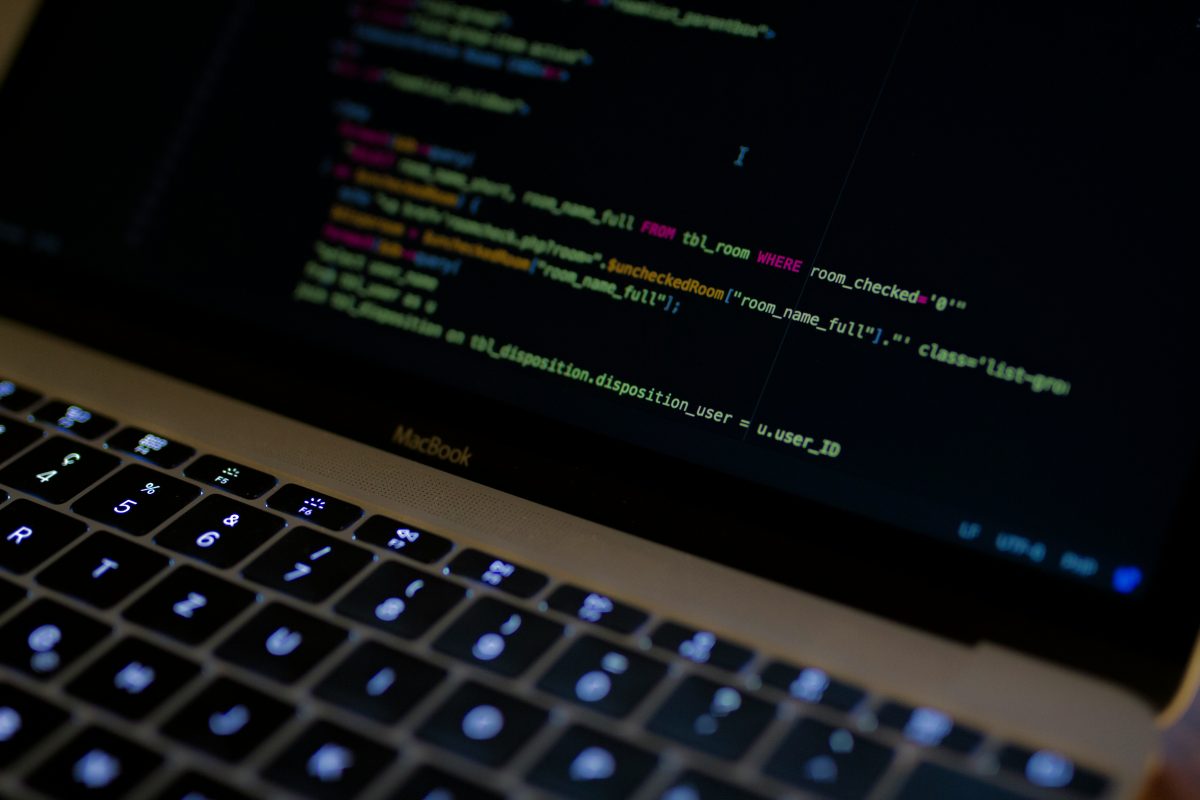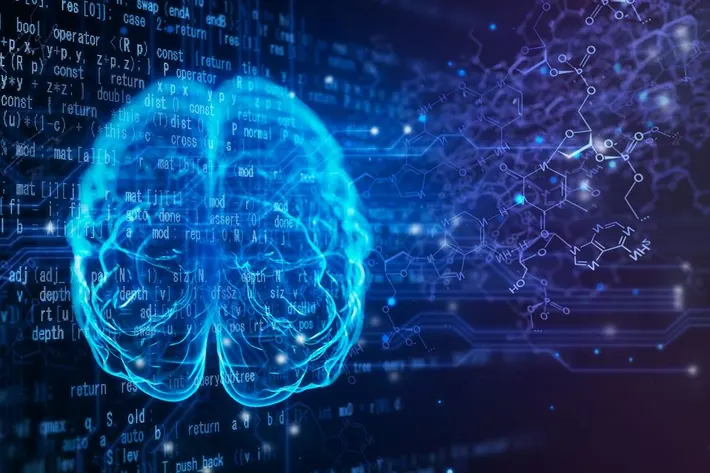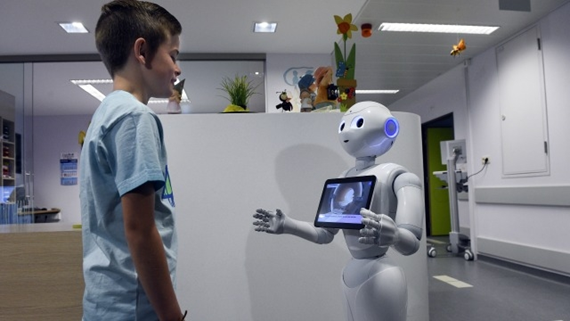No ratings yet. With each day some new developments in data science and machine learning are being published. The researchers constantly invent new ways to improve the performance of their predictive algorithms, thus improving the accuracy of the computers’ predictions on any given subject. One of such subjects, which should be of particular interest to us – humans – is medicine.
With the constant increase in the computation power and exponentially growing amounts of data, the researchers could potentially save a lot of lives with the use of advanced data science solutions. For example, research presented in the journal of the American Academy of Neurology states that the potential for artificial intelligence in precision medicine is significant. IBM Watson, a question answering computer system, provided a report of actionable insights within 10 minutes, in comparison to 160 hours of human analysis normally necessary to reach analogical conclusions (Monegain, 2017). This can often be of crucial difference when dealing with illnesses such as malign cancers, as some of them have a median survival of less than a few months following diagnosis.
Aside from genome analysis, there are countless areas in medicine where machine learning and artificial intelligence solutions can mean a difference between life and death (or very serious health complications). Currently, researchers around the world are trying to incorporate data science applications in detection of diseases such as autism, Parkinson’s, Alzheimer’s to name just a few! All of these sicknesses have one thing in common: early detection always improves the chances for a recovery or prevents further complications. And in this very sense, the AI can help people. Not only it is able to recognize the symptoms of a disease faster that a human can, but also it is able to do so at a larger scale, providing necessary diagnosis to the people in need. For instance, Google is launching an experiment to use machine learning to discover a diabetes-related eye disease in India, where the number of people with diabetes is around 70 million (with approximately 400 million people worldwide) and not a large percentage of them would normally receive a proper diagnosis in time (Simonite, 2017).
Another important factor, also connected to the accessibility, is the fact that a lot of people must postpone visits to the doctors because they cannot afford a private visit, while the wait time for a public one can even be around a year. And with the use of computers the time needed for an accurate diagnosis, as well as the number of specialists to be seen before obtaining it, is drastically reduced (Molteni, 2017).
Of course there are disadvantages of using AI in medicine. Firstly, there is a rising fear among the doctors that they will lose their jobs and be replaced by machines. According to an article in the New England Journal of Medicine, radiology and pathology are primarily susceptible to the power of AI, due to the fact that these jobs are based on pattern matching and machines can perform such tasks with surprising accuracy and speed (Asay, 2017). However, AI should mostly complement the work of doctors, enable them to perform their job more efficiently, thus help more people. Secondly, there are many issues regarding the data. Some people are not always aware that by signing a particular form they enable a company (or companies) to use their private data for research purpose (Molteni, 2017). What is more, for the algorithms to have a high accuracy, they need to have a lot of data at their disposal, which is not always feasible. For example, in the process of detecting the case of autism among kids, a lot of data needs to be gathered from MRI scans. This is not only time-consuming, but also expensive procedure. And it would not be realistic to have every child scanned in order to have a sufficient dataset (Vlasits, 2017).
Summing up, the rapid development of artificial intelligence and big data promises a future in which computers will be able to assist the doctors in providing quick and accurate diagnosis, thus saving human lives. However, one cannot forget that the algorithms should assist the doctors, instead of taking over their jobs. There will always be a fear that a machine provides an inaccurate prognosis, which can either scare the patient or make him calm, when he or she can be seriously sick. That is why human input is always valuable, to evaluate the machine’s diagnosis and verify its correctness. In other words, we should be very optimistic about the possibilities offered by artificial intelligence, but at the same time should not expect a bunch of robots treating patients in the hospital anytime soon.
References:
Asay M. (2017, January). Why AI is about to make some of the highest-paid doctors obsolete. Tech Republic, retrieved from: http://www.techrepublic.com/article/why-ai-is-about-to-make-some-of-the-highest-paid-doctors-obsolete/
Molteni, M. (2017, August). Want a diagnosis tomorrow, not next year? Turn to AI. Wired, retrieved from: https://www-wired-com.eur.idm.oclc.org/story/ai-that-will-crowdsource-your-next-diagnosis/
Molteni, M. (2017, September). 23andme is digging through your data for a Parkinson’s cure. Wired, retrieved from: https://www-wired-com.eur.idm.oclc.org/story/23andme-is-digging-through-your-data-for-a-parkinsons-cure/
Monegain, B. (2017, July). AI can speed up precision medicine, New York Genome Center-IBM Watson study shows. Healthcareitnews, retrieved from: http://www.healthcareitnews.com/news/ai-can-speed-precision-medicine-new-york-genome-center-ibm-watson-study-shows
Simonite, T. (2017, June). Google’s AI Eye Doctor Gets Ready to Go to Work in India. Wired, retrieved from: https://www.wired.com/2017/06/googles-ai-eye-doctor-gets-ready-go-work-india/
Vlasits, A. (2017, June). AI could target autism before it even emerges – but it’s no cure-all. Wired, retrieved from: https://www-wired-com.eur.idm.oclc.org/story/ai-could-target-autism-before-it-even-emerges-but-its-no-cure-all/





